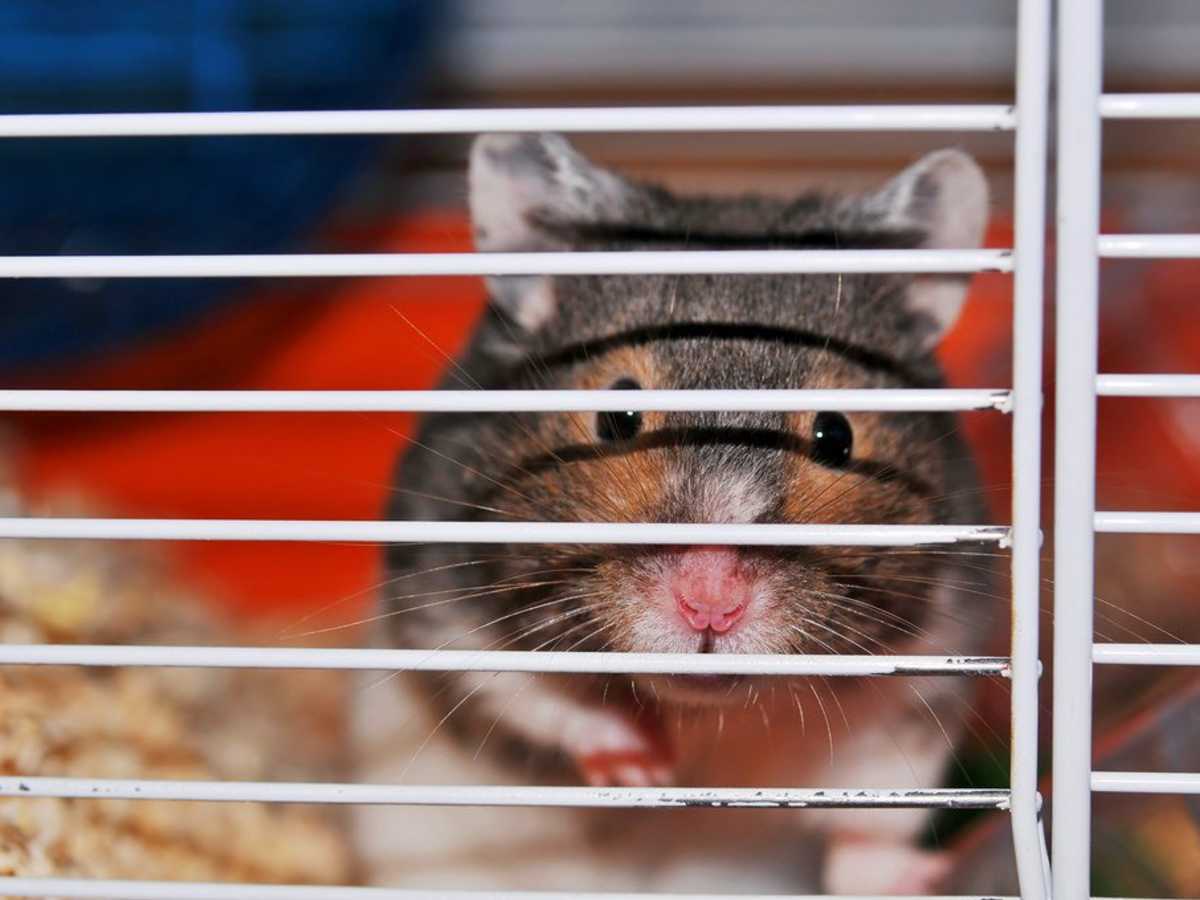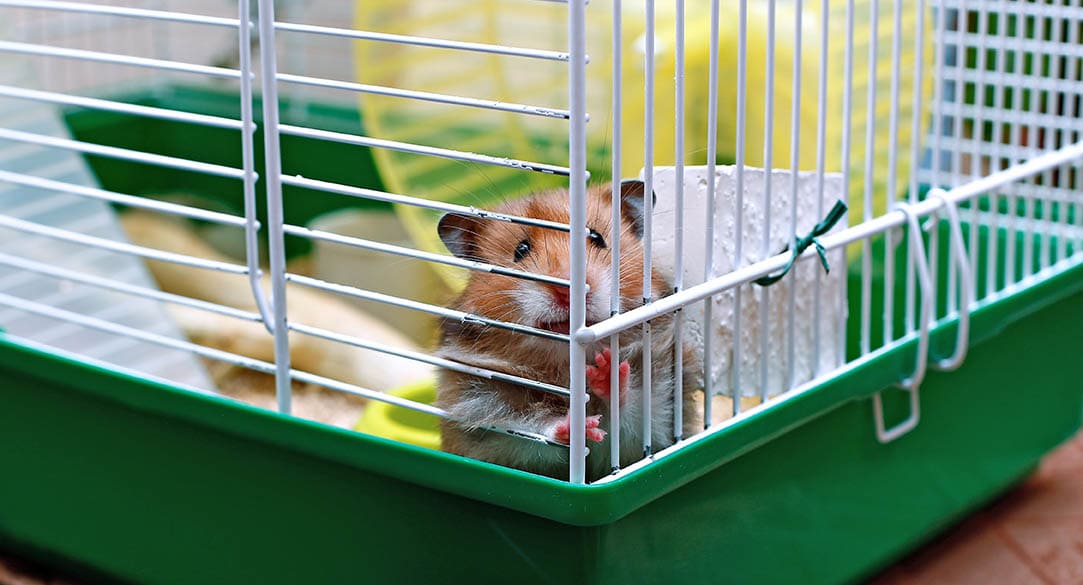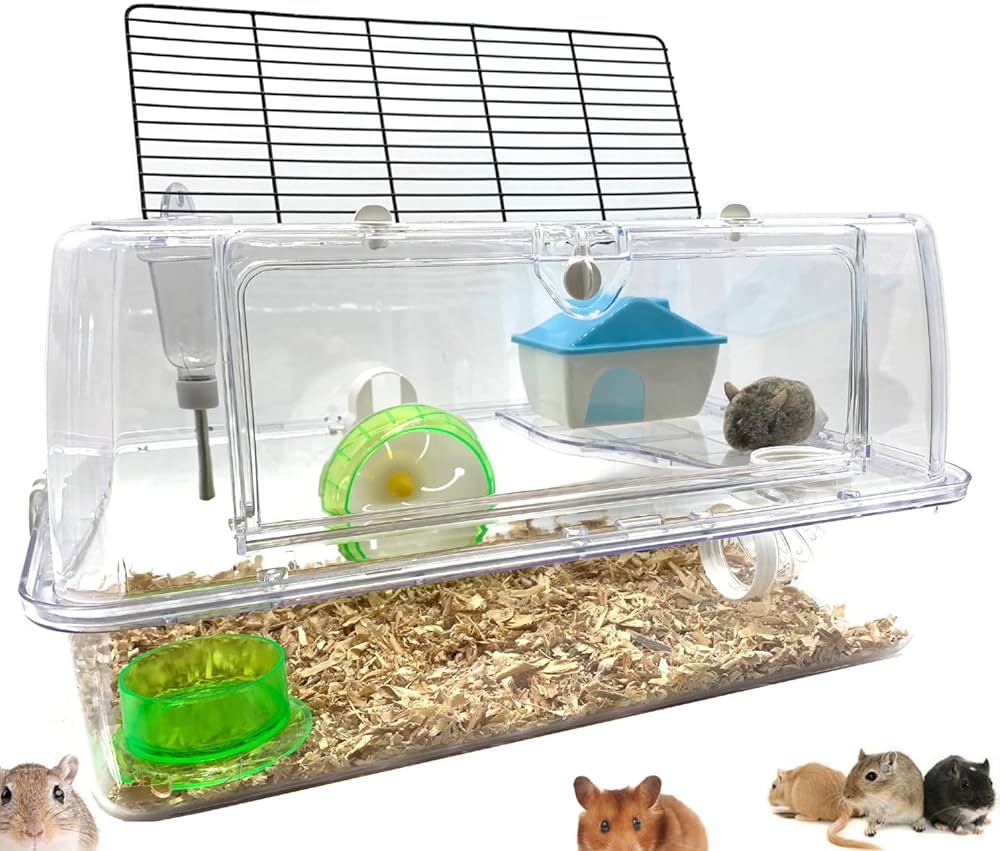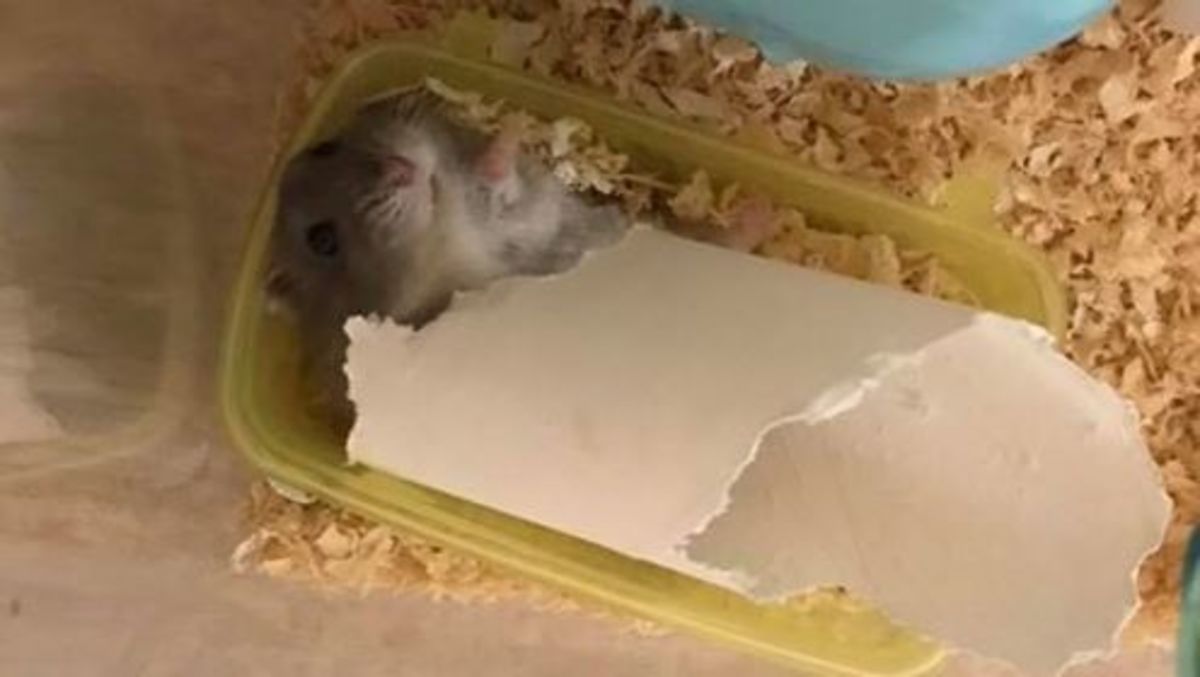Are you a new hamster owner searching for the perfect home for your furry friend? Or maybe you want to upgrade your hamster’s living quarters? Either way, it’s essential to provide your hamster with a comfortable and stimulating environment. In this blog post, we’ll guide you through the different types of hamster cage and housing setup options to create a cozy and safe home for your little companion.

1. The Importance of Proper Hamster Housing: Factual Data
Proper hamster housing is crucial for the health and happiness of your furry friend. Factual data shows that hamsters require enough space to live and roam around, with an ideal cage size of at least 80cm x 50cm floor space. Providing enough bedding and nesting material is also essential for their wellbeing. Hamsters are also very active and curious creatures, so it’s important to provide enrichment items like chew toys and climbing structures to keep them mentally stimulated.
Building your own hamster enclosure is often recommended to meet these requirements, as commercially available cages may not be adequate. By taking the time to set up a proper housing and decorating it with care, you can ensure that your hamster has a comfortable and healthy home to live in.

2. TVT Veterinary Recommendations for Hamster Cage Size
According to TVT Veterinary Clinic, hamster cages should meet certain minimum size requirements to ensure the well-being and comfort of the pet. The recommended cage size for a hamster is at least 1,524 square centimeters of space. However, for Syrian hamsters, a larger cage is needed as they require more room to roam and exercise.
The minimum size for a Syrian hamster cage should be at least 100cm x 50cm x 50cm (L x W x H), which provides 5,000 square centimeters (or 775 square inches) of space. It’s important to choose a cage that’s appropriate for the type of hamster you have to ensure they have enough room to move around and stay healthy.

3. How to Choose the Right Spot for Your Hamster’s Cage
When it comes to choosing the right spot for your hamster’s cage, it’s important to keep in mind their needs for a quiet and calm environment. Hamsters are nocturnal creatures, and they need plenty of space to explore, play, climb, and exercise when they wake up at night. It’s best to avoid placing their cage in busy or noisy rooms, such as the living room or kitchen. Instead, opt for a quieter area of the house, such as a bedroom or home office.
Additionally, make sure the cage is not exposed to direct sunlight or drafty areas, as these can cause stress for your furry friend. By choosing the right location for your hamster’s cage, you can help them feel safe and secure in their new home.

4. Inspiration for Hamster Cage Setups: Niteangel Pet’s Instagram Page
Looking for inspiration for your hamster’s cage setup? Look no further than Niteangel Pet’s Instagram page! This account is filled with amazing ideas on how to create a beautiful and functional habitat for your hamster. From simple setups to elaborate designs, there’s something for everyone. It’s important to remember that when designing a hamster’s cage, the size and type of cage should be based on their needs and not just on aesthetics. However, with Niteangel Pet’s Instagram page, you can get ideas for both form and function. So, take a peek and get inspired to create the perfect home for your furry friend!

5. Best Value Hamster Cages: Reviewing Ferplast Laura Hamster Cage
When it comes to finding a affordable yet high-quality hamster cage, the Ferplast Laura Hamster Cage is a great option to consider. This cage is not only easy to clean and maintain, but it also comes with all the essential items such as a nest, feeding bowl, drinking bottle, exercise wheel, and tubes. Additionally, with two doors located on the top and front, it’s easy for quick and routine cleanings.
Based on its features and reasonable price, it’s no surprise that the Ferplast Laura Hamster Cage has been rated as a best value hamster cage option. By choosing this cage, pet owners can ensure that their furry little friend is comfortable and content in their new home.

6. The Science Behind Providing Enough Space and Enrichment for Your Hamster
Providing enough space and enrichment for your hamster isn’t just a matter of comfort, it’s essential for their physical and mental well-being. Studies have shown that hamsters need a minimum of 1,524 cm2 (600 in2) of floor space in their cages to feel comfortable and be able to engage in natural behaviors like burrowing and exploring. Enrichment items like toys and nesting materials can help prevent boredom and promote natural behaviors.
Research shows that providing proper space and enrichment can also prevent negative behaviors like wire-gnawing and promote positive behaviors like climbing and burrowing. So when setting up your hamster’s cage, it’s important to keep the science in mind and provide enough space and enrichment to keep your furry friend happy and healthy.

7. Essential Items for Your Hamster’s Cage: Chew Toys and Bedding
No hamster cage is complete without a few essential items, such as chew toys and bedding. Hamsters need to chew to keep their teeth healthy, and adding a variety of safe chewing toys to their cage will provide them with the necessary stimulation and entertainment. Cork logs, hay hides, and twigs bridges are excellent options that provide different textures and help fulfill their natural instinct to chew. In addition to chew toys, hamsters need suitable bedding that mimics their natural environment.
Wood shavings, paper, and fiber are all good options, but it’s important to avoid using cedar or pine as they contain harmful oils that can cause respiratory problems for your furry friend. Providing enough bedding is also essential, with at least 10-12 inches for Syrian hamsters being ideal. By including chew toys and appropriate bedding in their cage, you’ll create a safe and stimulating environment for your hamster to live a happy and healthy life.

8. Tips for Decorating Your Hamster’s Cage to Keep Them Happy and Healthy
When it comes to decorating your hamster’s cage, it’s important to keep their well-being and happiness in mind. Adding comfortable and safe items to their living space can make a big difference in their daily life. Here are some tips for decorating your hamster’s cage to keep them happy and healthy:
1. Provide a variety of toys and chewables for stimulation and dental health.
2. Consider adding tunnels and hideouts for your hamster to explore and feel secure in.
3. Ensure there is enough space for movement and exercise.
4. Use non-toxic materials for decorations and avoid sharp edges that could harm your hamster.
5. Keep the cage clean and organized to reduce stress and improve living conditions.
6. Add a cozy bedding area for your hamster to curl up in, such as a fleece or cotton bedding.
7. Incorporate natural elements like rocks and branches for a more natural environment.
8. Lastly, remember to switch up toys and decorations periodically to prevent boredom and encourage exploration. By following these tips, you can create a comfortable and enriching living space for your furry friend.

9. Common Mistakes to Avoid when Setting up a Hamster Cage
When setting up a cage for your new furry friend, there are some common mistakes you should avoid. Firstly, don’t make the mistake of getting a cage that is too small. Hamsters need plenty of space to move around, burrow, and play, so make sure you choose a cage that is large enough for them to do so comfortably. Another mistake is not providing enough bedding. Hamsters love to burrow, so make sure you provide them with enough soft bedding to create tunnels and hideaway spots.
Additionally, avoid placing food in their running wheel as this can cause the wheel to become unstable. Lastly, keep the cage away from loud noises and lots of activity so that your hamster can rest comfortably. By avoiding these common mistakes, you’ll provide your hamster with a comfortable and healthy home.
:strip_icc()/GettyImages-522115582-37188d8634d247ec8f1a82b5f2bb52c0.jpg)
10. How to Clean and Maintain Your Hamster’s Cage for Optimal Health and Hygiene.
Keeping your hamster’s living environment hygienic is essential to their optimal health and hygiene. To clean and maintain your hamster’s cage, begin by daily spot checks, removing soiled bedding, and taking out any toys, food, or water. You can use a hamster cage cloth to disinfect and wash between cage cleans, and use a pet-safe cleaner to thoroughly clean the cage every week.
Remember to provide clean food bowls and water bottles daily and keep back a handful for their bedding. Finally, check your hamster’s food and water twice a day, making sure to clean any waste or woodchips out of their food bowl. By following these steps, you can ensure your hamster has a clean and healthy living environment.
- understanding hamster body language - April 22, 2024
- In The Wild: Exploring The Lives Of Wild Hamsters - April 22, 2024
- Leaky Bladders And Urinary Woes: Understanding Hamster Urinary Issues - April 22, 2024


